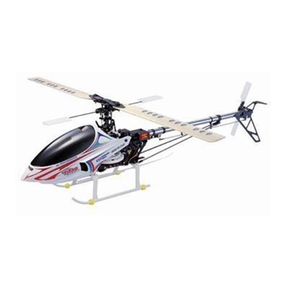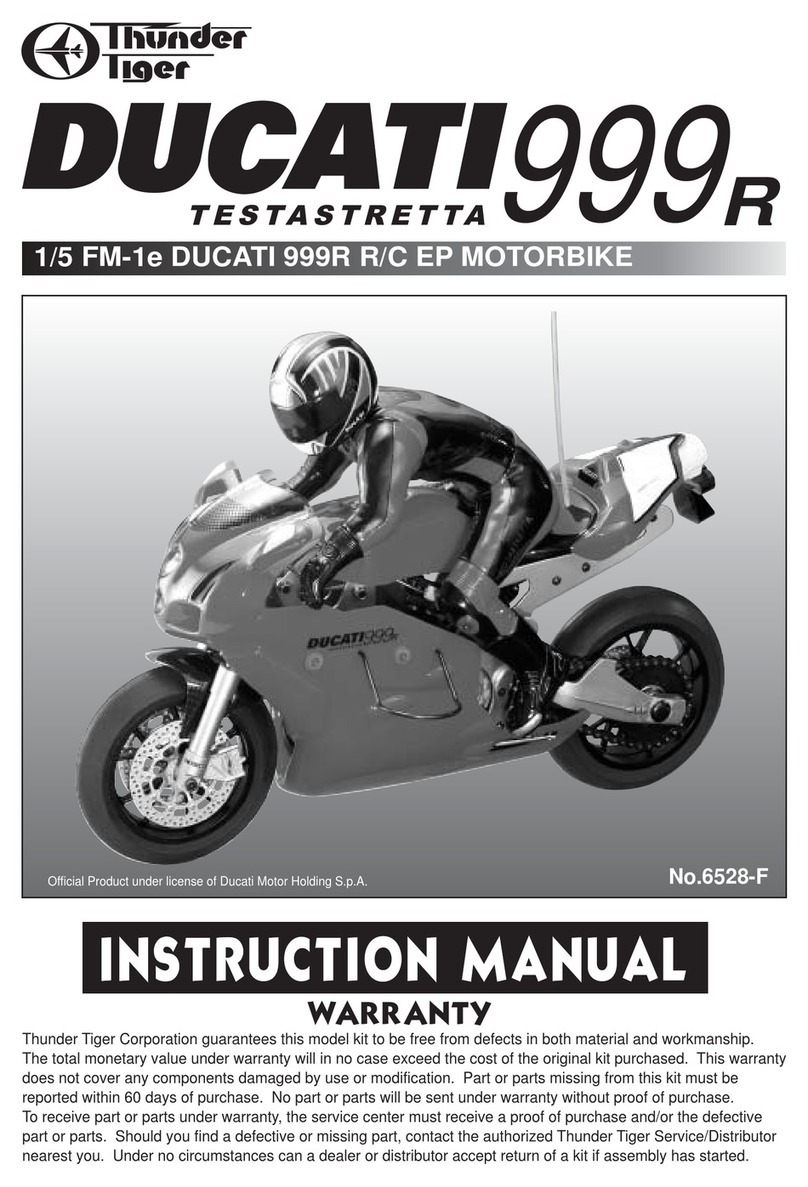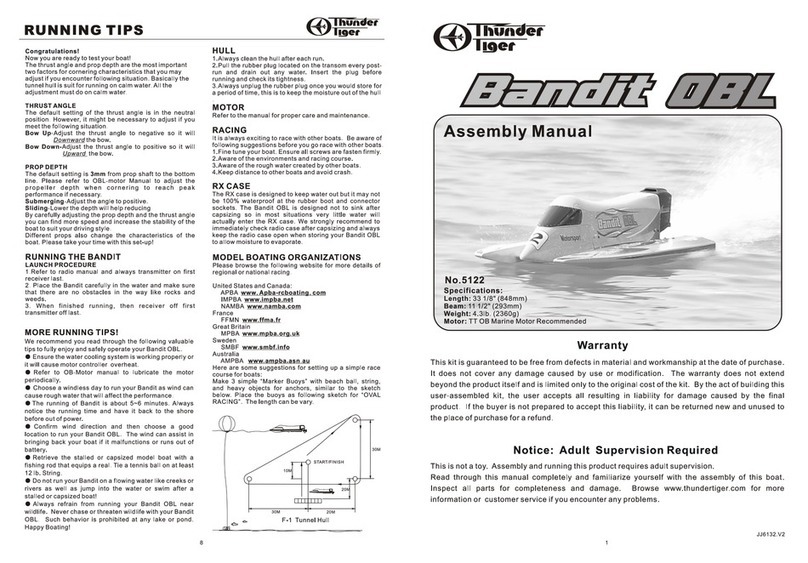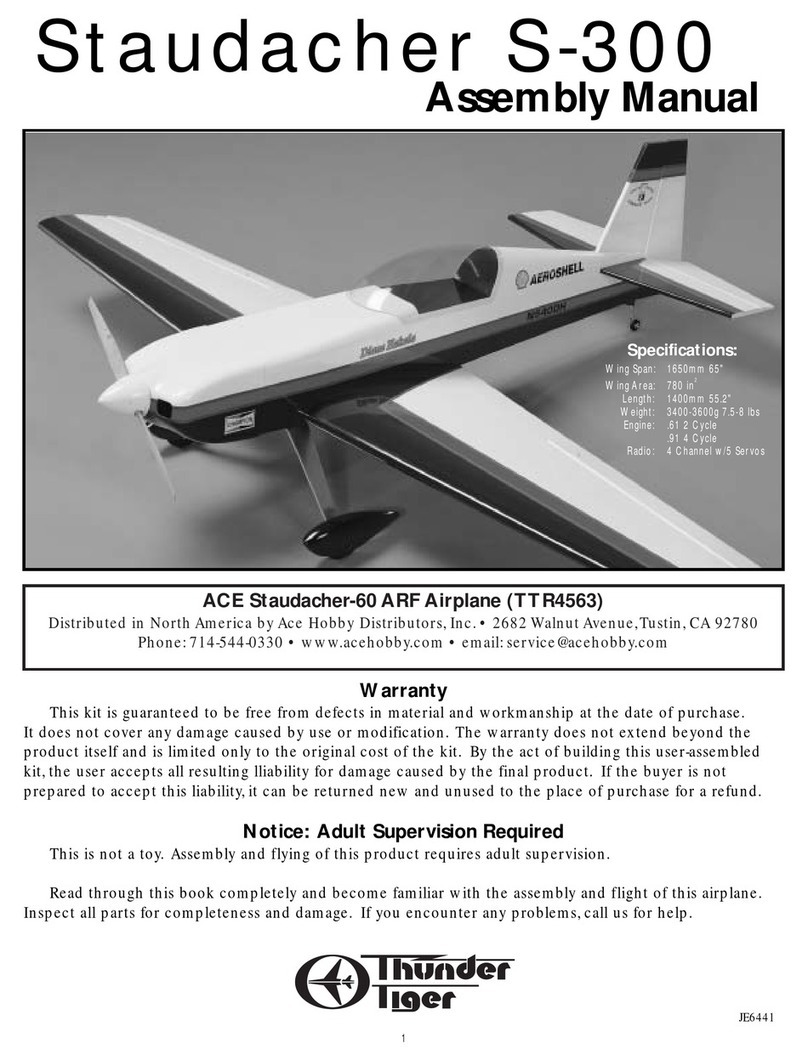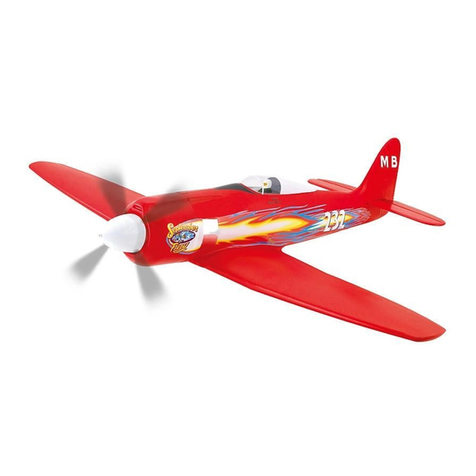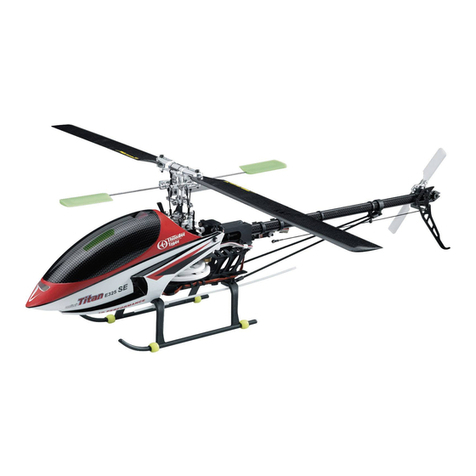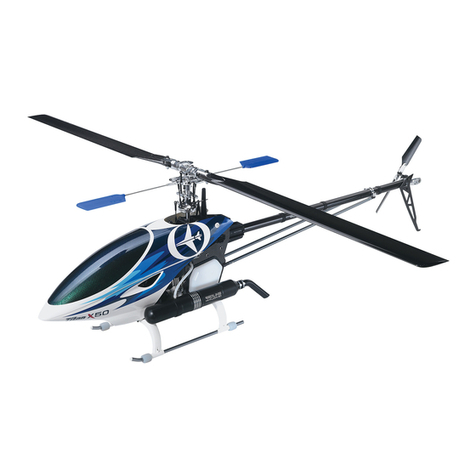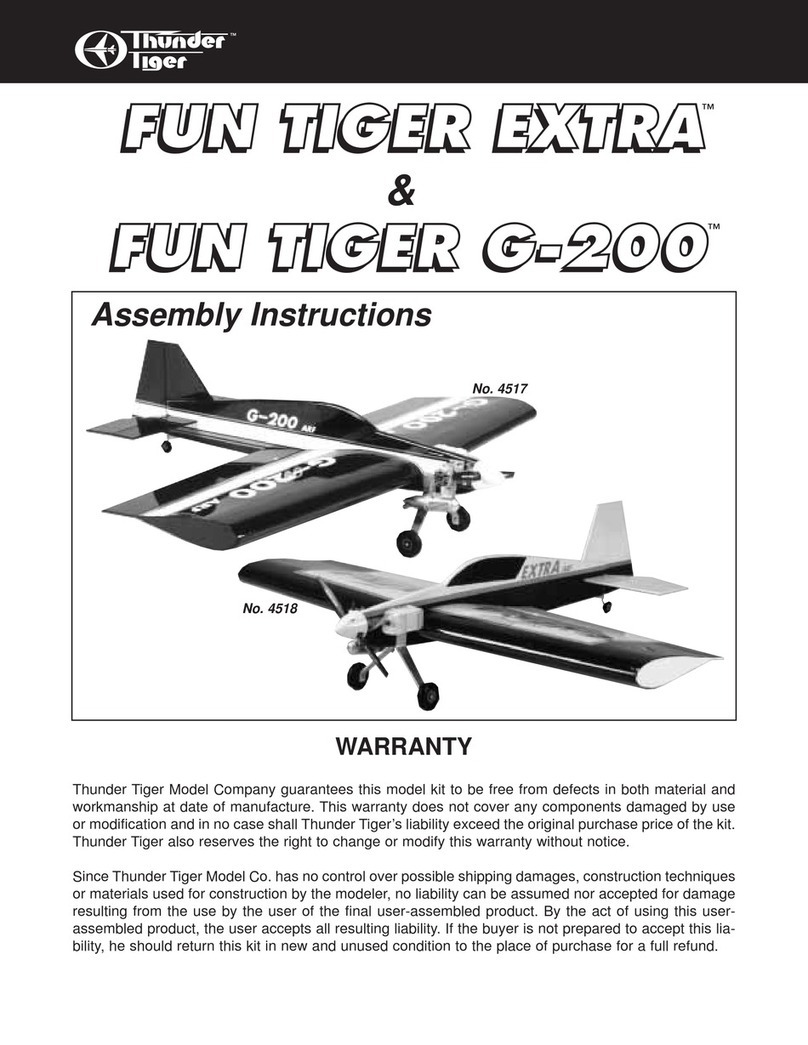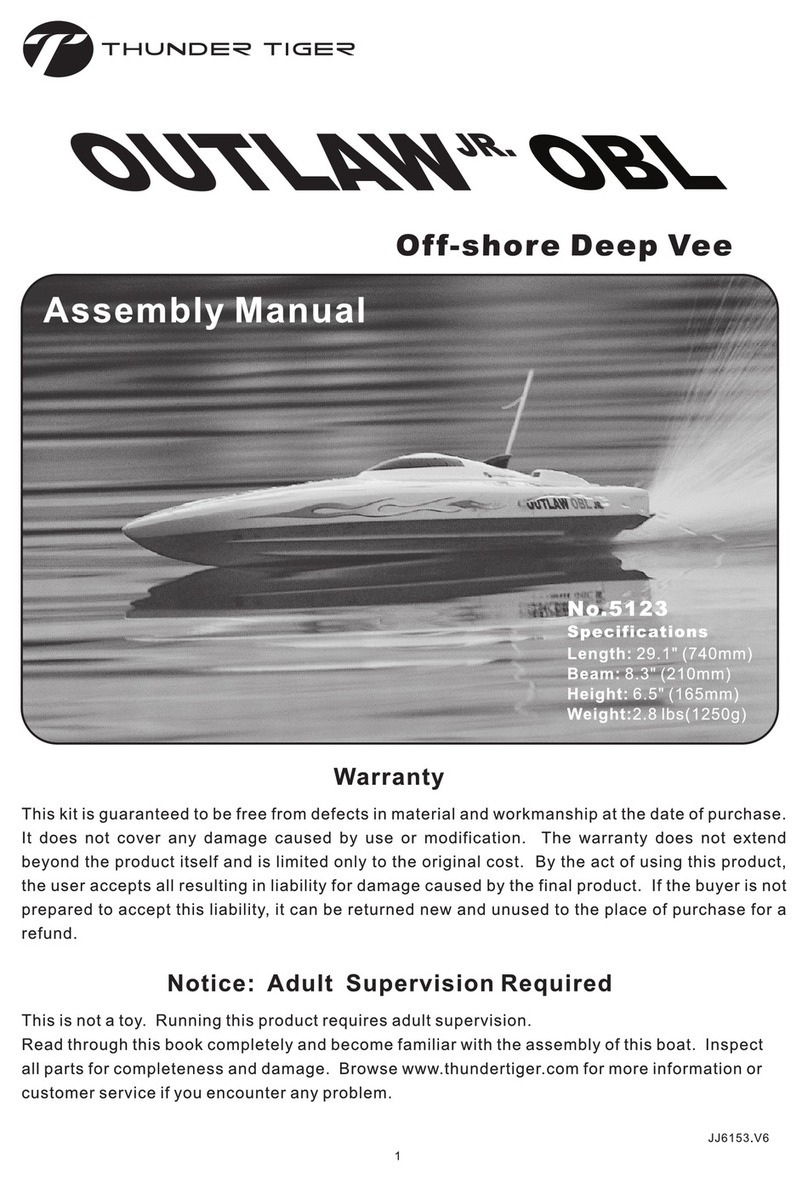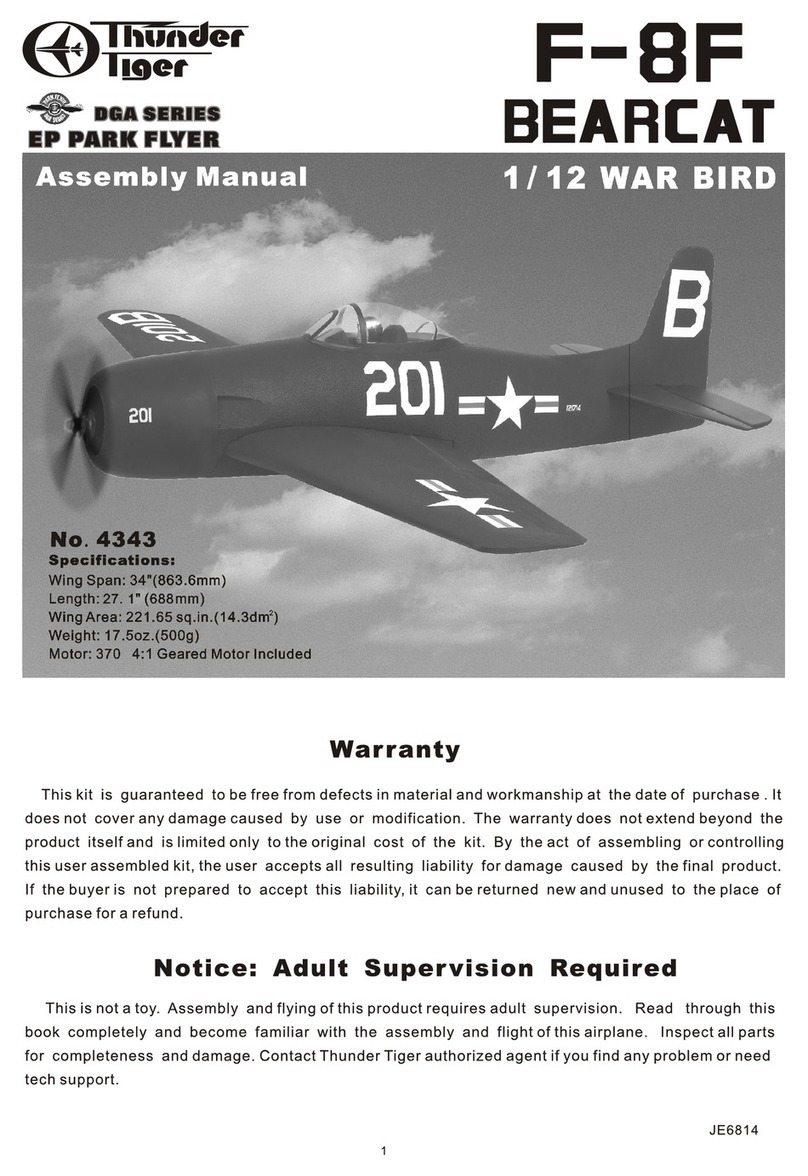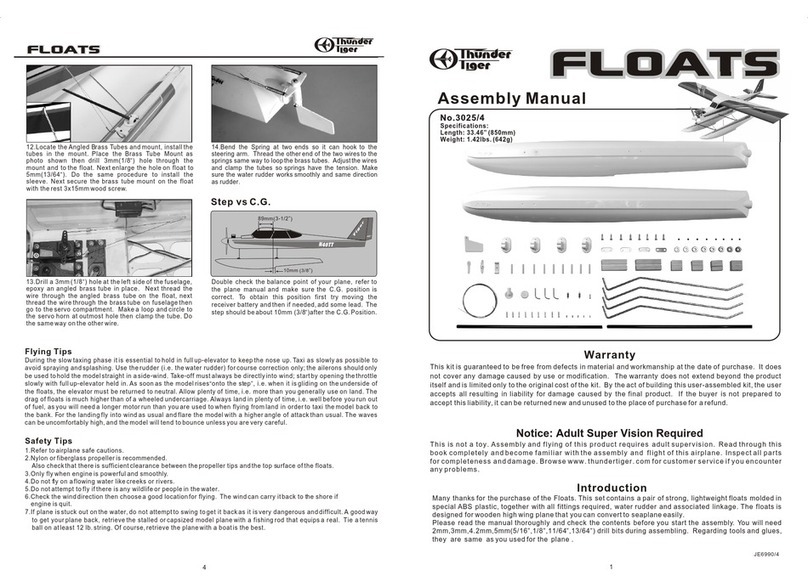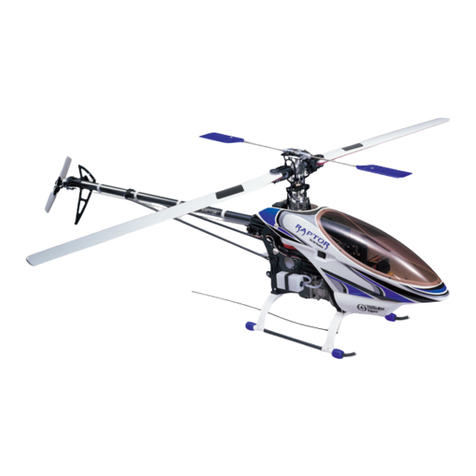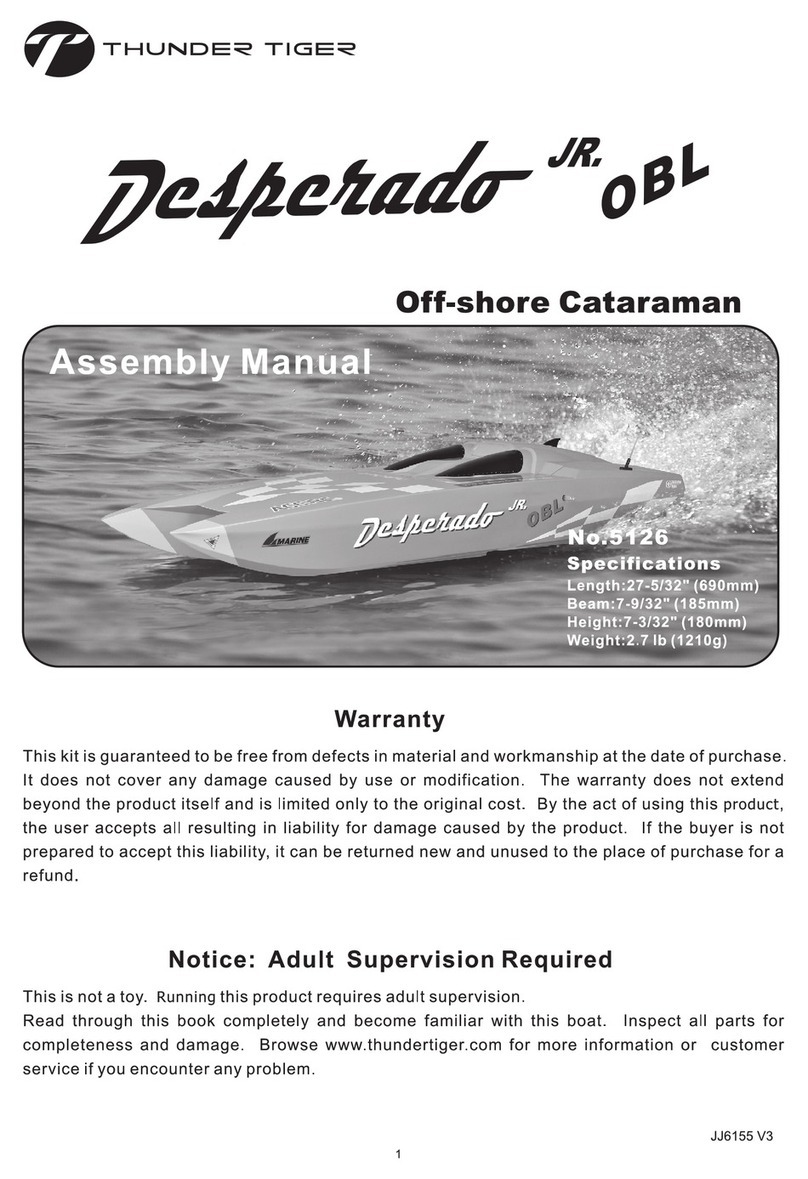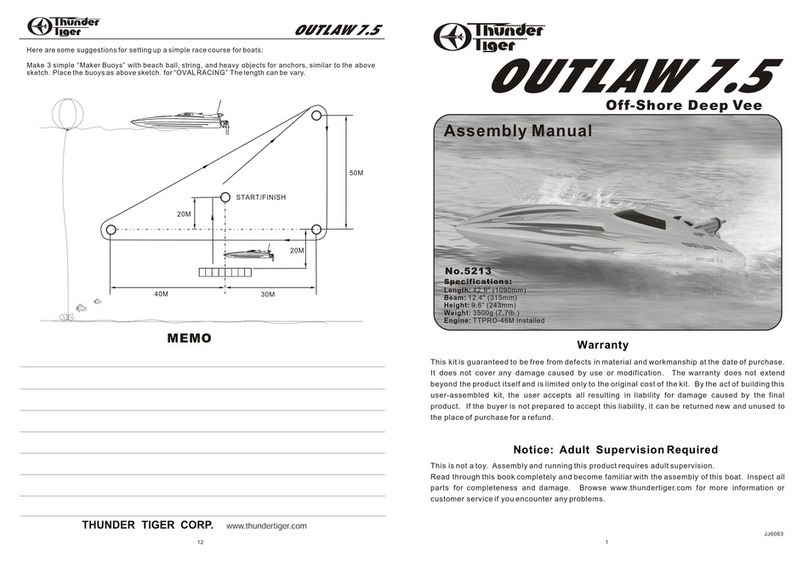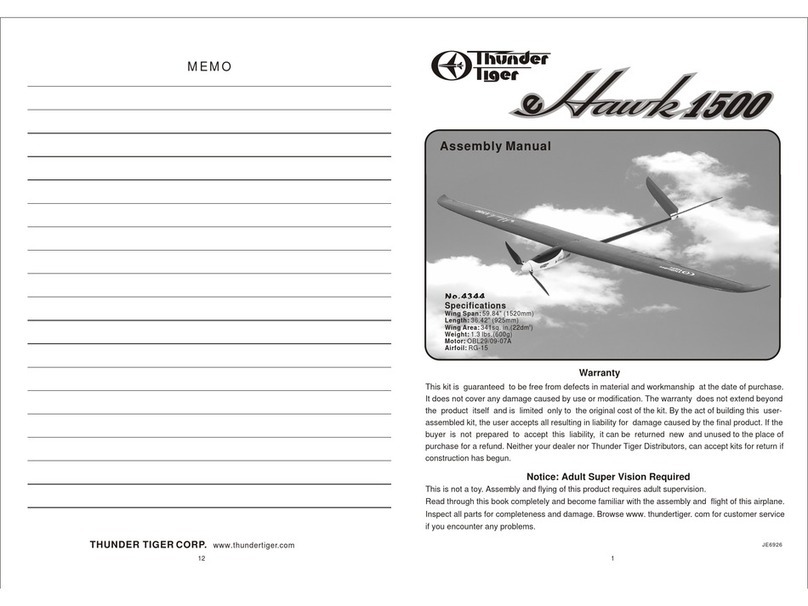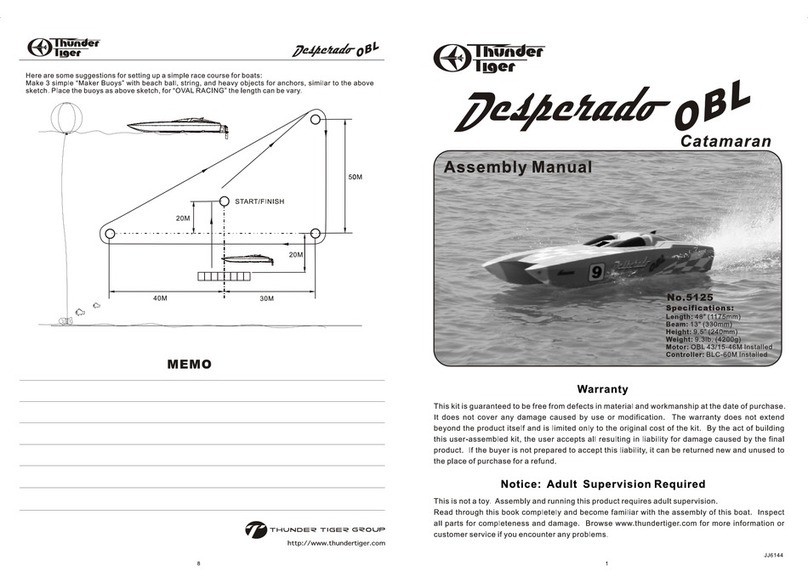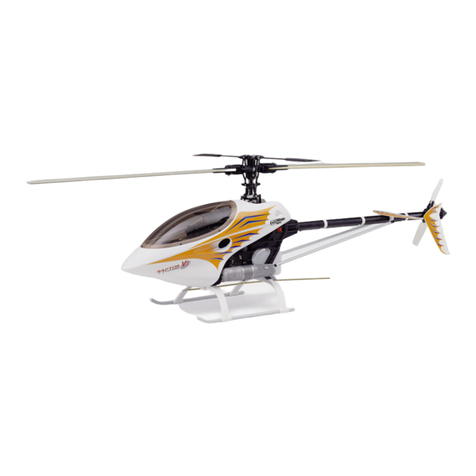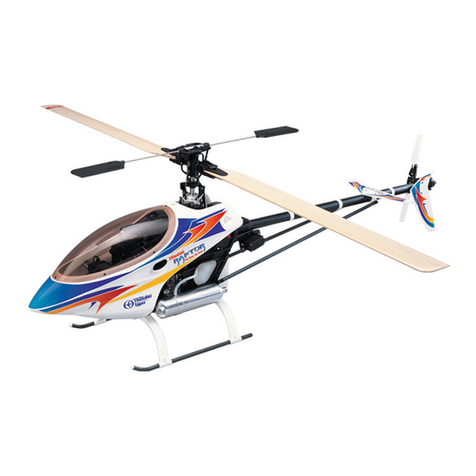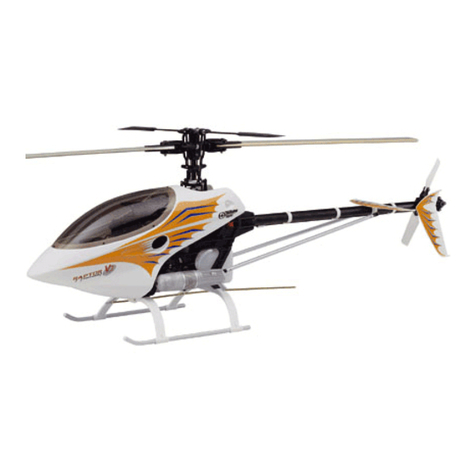
N
PRE-ASSEMBLY NOTES
1. If you are not an experienced R/C pilot plan to have a fully
competent pilot help you to learn to fly your Soaring Star.
This will help you to be successful much faster and also
avoid potential damage to your model.
2. Please assemble your model exactly according to these
instructions. Do not attempt to modify or change the Soaring
Star in any way as doing so may adversely change its flying
characteristics.
3. Before you begin please check the entire contents of this
kit against the parts list and part drawings to be sure that no
parts are missing or damaged. This will also help you to
become familiar with each component of your Soaring Star.
If you find that any of the parts are either missing or
damaged please contact your dealer immediately for
replacement. Note: Your dealer cannot accept kits for return
if construction has begun.
For customers in the US and Canada please call or write to
ACE Hobby Distributors, Inc. for replacement of missing or
damaged parts.
ACE Hobby Distributors, Inc.
2055 Main Street, Irvine, CA 92614
Tel: 949.833.0088
Fax: 949.833.0003
E-Mail: service@acehobby.com
Remember. We have worked very hard to make this model
as easy to assemble as possible while still maintaining our
high standards of quality. Your assembly of this model is
very important and will determine the final flight capabilities
of your Soaring Star, so use extra care and follow the
assembly procedure exactly.
OTHER ITEMS REQUIRED
Radio: You will need at least a
3 channel radio control system
with 4 mini servos on an
aircraft frequency for use in
your Soaring Star. However, if
you are really looking for every
bit of extra performance then
you should consider using one
of the miniature radio systems
available which would lower
the weight and increase the
performance of your Soaring Star.
Electronic motor controller: We recommend the ACE8014
ESC-50 with BEC for controlling the power of your Soaring
Star as well as eliminating the need for a separate radio
battery. The BEC (Battery Eliminator Circuitry) in this
controller will automatically turn off the power to the motor
when the battery reaches a factory present discharge level
leaving about 20-25 minutes of flight time for the radio
system. Note: Some radio manufacturers offer a lightweight
radio system with a built-in motor controller with BEC
especially for this type of model.
Flight Battery: We recommend the use of a 6 cell 7.2V
2000 mAh battery pack for maximum performance.
Charger: You will need a quick charger to charge your
power battery. We recommend our ACE2529 EDC-01 simple
charge or TTR2685 7.2V DC Quick Charger for 6-cell
battery pack.
Note: When charging your flight battery be sure to very
carefully follow the instructions provided with the charger.
Extension Wire: 2 servo extensions plus Y harness are
required. If you are going to use Flaperon then it will require
2 servo extensions which are 15" in length minimum.
TOOLS AND SUPPLIES NEEDED
1. 5 Minute Epoxy
2. Thin CA Glue
3. Thick CA Glue
4. 1/2 Masking Tape
5. Mixing Stick for Epoxy
6. Medium Grit Sandpaper
7. Rubbing Alcohol
8. Paper Towels
9. Hobby Knife
10. 1/16 Drill
11. 5/64 Drill
12. 1/8 Drill
13. 3/16 Drill
14. Ruler
15. Pen, Pencil or Marker
16. Small Screw Drivers
17 C d S i
ASSEMBLY INSTRUCTION

